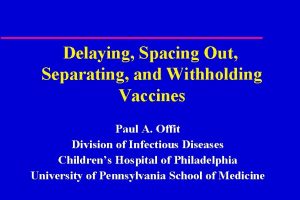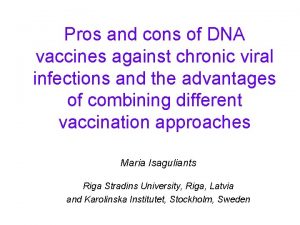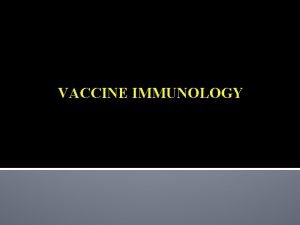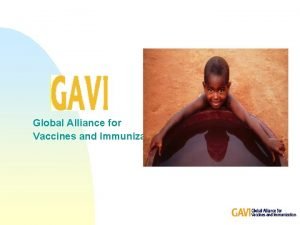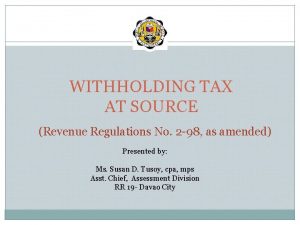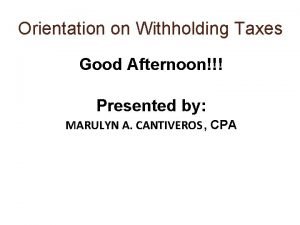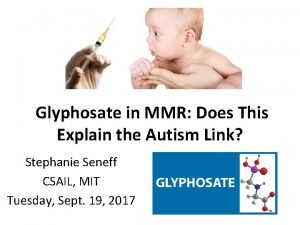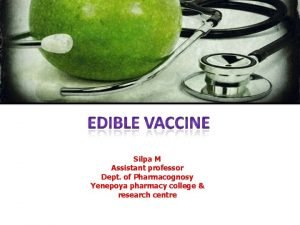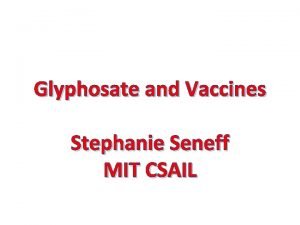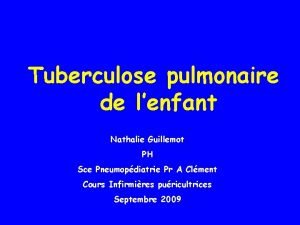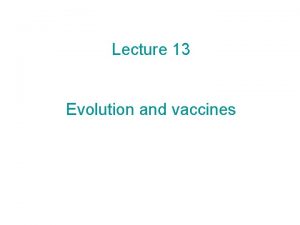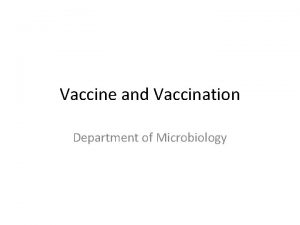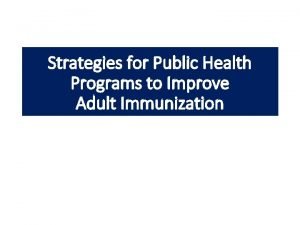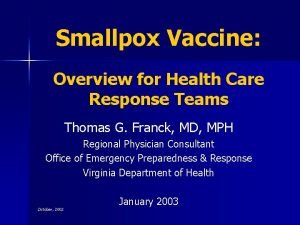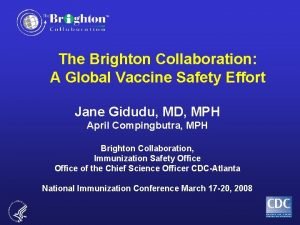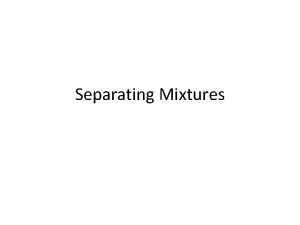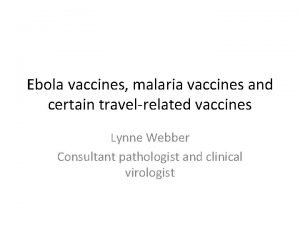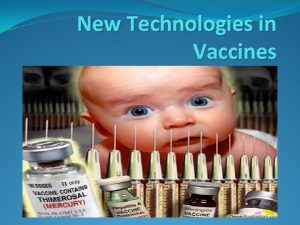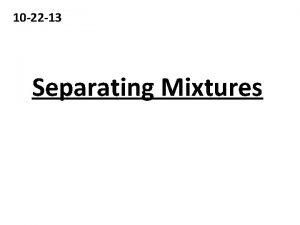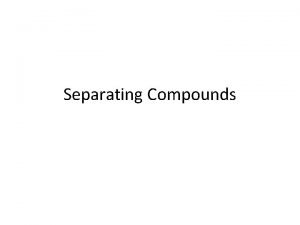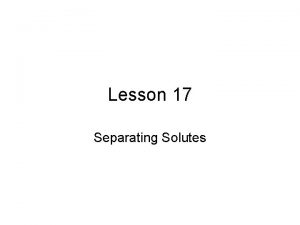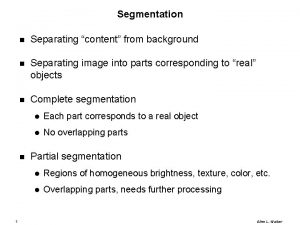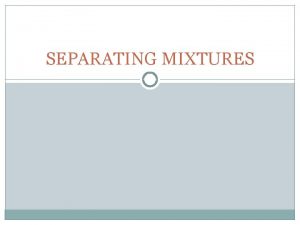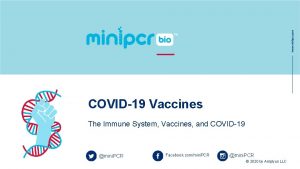Delaying Spacing Out Separating and Withholding Vaccines Paul






























- Slides: 30

Delaying, Spacing Out, Separating, and Withholding Vaccines Paul A. Offit Division of Infectious Diseases Children’s Hospital of Philadelphia University of Pennsylvania School of Medicine

Too Many Vaccines Too Early


Times have changed Year 1980 # of shots by 2 # shots at Vaccines years of age one time DTw. P 5 2 Polio (OPV) MMR

Times have changed # of inocs by 2 # of inocs Year Vaccines years of age one time 2009 DTa. P 26 5 Polio (IPV) MMR Varicella Pneumococcal (conj) Hepatitis A, B Hib Influenza Rotavirus

Fewer immunologic components are in vaccines today than 30 years ago

Number of antigens in vaccines Year 1980 Vaccine # of antigens Diphtheria 1 Tetanus 1 Pertussis (wc) ~3000 Polio (OPV) 15 Measles 10 Mumps 9 Rubella 5 Total ~3041

Number of antigens in vaccines Year Vaccine # of antigens 2009 Diphtheria 1 Tetanus 1 Pertussis (ac) 2 -5 Polio (IPV) 15 MMR 24 Hib 2 Varicella 69 Hepatitis A, B 5 Rotavirus 15 Influenza 8 Pneumococcus 8 Total 150 -153

Are infants too young to be vaccinated? From birth, infants are challenged by bacteria in the environment (colonizing bacteria on intestines, skin, and throat; bacteria inhaled on dust). u Vigorous s. Ig. A responses within the first week of life keeps colonizing bacteria from invading. u

Are infants too young to be vaccinated? Excellent immune responses to HBV and BCG vaccines given at birth. u About 95% of infants will develop protective immune responses to HBV, Hib, DTa. P, polio, and pneumococcal vaccines by 6 months of age. u Need to be fully immunized against certain infections (Hib, pertussis, pneumococcus) by 6 months of age. u

Aluminum Overload



“The alternative schedule suggests only one aluminum containing vaccine at a time in infant years. By spreading out the shots, you spread out the exposure so infants can process the aluminum without it reaching toxic levels. ” Robert Sears, The Vaccine Book, p. 239

Aluminum is the third most abundant element on the earth’s surface and the most abundant metal. u As a consequence, aluminum is in the air we breathe, the food we eat, and the water we drink. u

Aluminum in food u The greatest source of aluminum is in food. Adults typically ingest 5 -10 mg of aluminum per day. u Aluminum is found naturally in teas, herbs, and spices. u

Aluminum in food Aluminum is also added to foods such as leavening agents, anti-caking agents, emulsifiers, and coloring agents. u Found commonly in pancake mixes, selfraising flours, baking powder, processed cheese, and cornbread. u

Aluminum in food Aluminum is also found in breast milk and infant formulas. u u By 6 months of age: Vaccines 4 mg Breast milk 10 mg Infant formula 30 mg Soy formula 120 mg

Disposition of aluminum 100% of aluminum is absorbed following vaccination. u Only 1% of aluminum is absorbed after ingestion. u

Disposition of aluminum Aluminum enters the circulation, binds to transferrin, and is eliminated by kidneys. u u 50% eliminated in 24 hour 85% eliminated in 13 days 96% eliminated in 3 years

Disposition of aluminum Aluminum is not completely eliminated from the body. u u End of 1 st year of life: Breast milk 0. 1 mg Infant formula 0. 1 mg Vaccines 0. 1 mg Adult 50 -100 mg

How do we know aluminum is safe? Aluminum can cause encephalopathy, osteomalacia, and anemia in two groups: severely premature infants and patients on chronic dialysis. u Must meet two criteria: decreased or absent renal function AND large source of exogenous aluminum (i. e. , IV solutions or antacids). u

How do we know aluminum is safe? Circulating levels of aluminum in those with symptoms between 100 -1, 000 ng/ml. u Typically, children and adults have between 1 -5 ng/ml of aluminum in blood. u u Injected vaccines do not raise that level.

How do we know aluminum is safe? Circulating levels of aluminum in those with symptoms between 100 -1, 000 ng/ml. u Typically, children and adults have between 1 -5 ng/ml of aluminum in blood. u u Injected vaccines do not raise that level.

Aluminum references Baylor, NW et al. Aluminum salts in vaccines—US perspective. Vaccine 2002; 20: S 18 -S 23 Bishop NJ et al. Aluminum neurotoxicity in preterm infants receiving intravenous feeding solutions. N Engl J Med 1997; 336: 1557 -1561 Committee on Nutrition. Aluminum toxicity in infants and children. Pediatrics 1996; 97: 413 -416 Keith LS, et al. Aluminum toxicokinetics regarding infant diet and vaccinations. Vaccine 2002; 20: S 13 -S 17 Pennington JA. Aluminum content in food and diets. Food Additives and Contaminants 1987; 5: 164 -232

Too Many Shots at One Time

Are more shots more stressful? Study showing that two shots are not more likely to induce cortisol (as a marker for stress) than one shot. u Ramsay DS, Lewis M. Developmental changes in infant cortisol and behavioral response to inoculation. Child Development 1994; 65; 1491 -1502.

The Harm


Harm in alternative schedule u More office visits u More likely to induce needle phobia Increase time during which children are susceptible to vaccine-preventable diseases. u u No benefit u Not science based
 Spacing out vaccines
Spacing out vaccines 5 uses of separating funnel
5 uses of separating funnel Factors delaying wound healing
Factors delaying wound healing You are my kryptonite figurative language
You are my kryptonite figurative language Dna vaccines pros and cons
Dna vaccines pros and cons Edible vaccines pros and cons
Edible vaccines pros and cons What is the difference between vaccination and inoculation
What is the difference between vaccination and inoculation Global alliance for vaccines and immunization
Global alliance for vaccines and immunization Edible vaccines pros and cons
Edible vaccines pros and cons Expanded withholding tax computation
Expanded withholding tax computation Expanded withholding tax computation
Expanded withholding tax computation Withholding tax form 2307
Withholding tax form 2307 Bir form 1901 job order
Bir form 1901 job order Withholding tax for commission
Withholding tax for commission Withholding reinforcement for a target response
Withholding reinforcement for a target response 2307 rental sample
2307 rental sample Who is not subject to withholding tax on compensation
Who is not subject to withholding tax on compensation 165 withholding statement excel file
165 withholding statement excel file South carolina w2 form
South carolina w2 form Glyphosate in vaccines
Glyphosate in vaccines Edible vaccines in pharmacognosy
Edible vaccines in pharmacognosy Stephanie seneff mit
Stephanie seneff mit Cancer vaccines
Cancer vaccines Lecture tubertest
Lecture tubertest Could vaccines breed viciousness
Could vaccines breed viciousness Hep b vaccines
Hep b vaccines Virulent
Virulent Hep b vaccines
Hep b vaccines Freeze market
Freeze market Brighton collaboration criteria
Brighton collaboration criteria Othello put out the light
Othello put out the light
